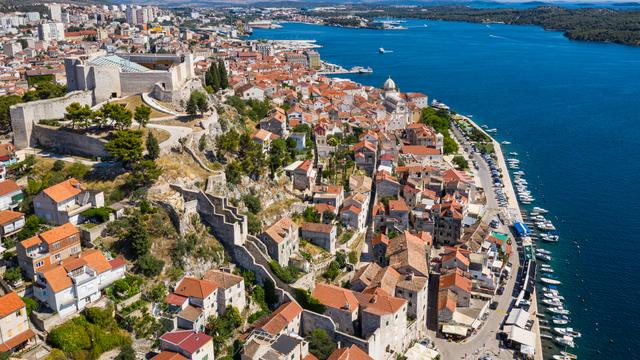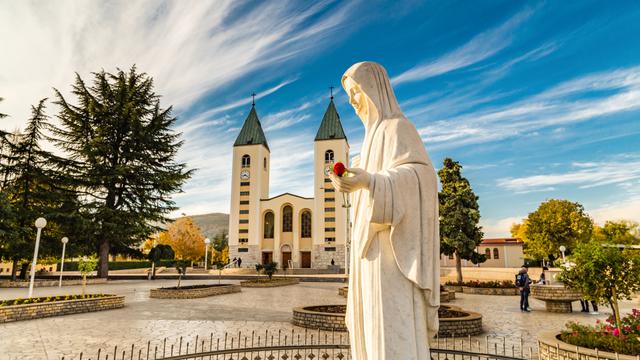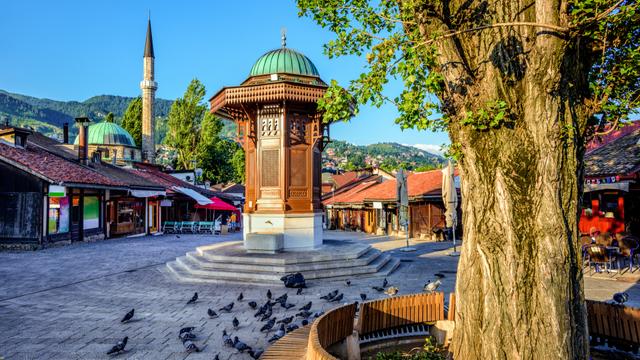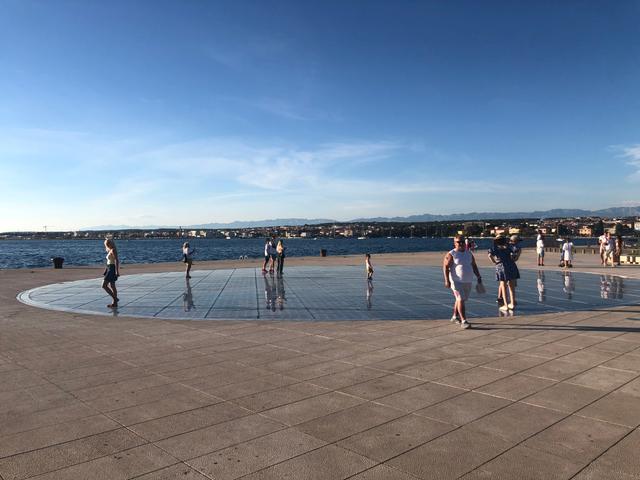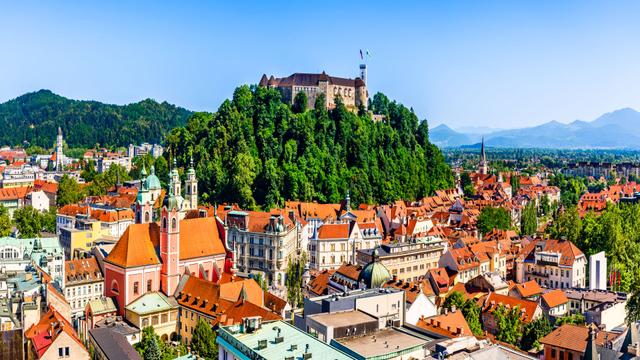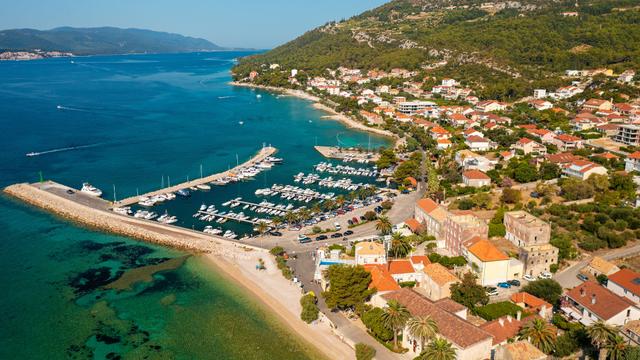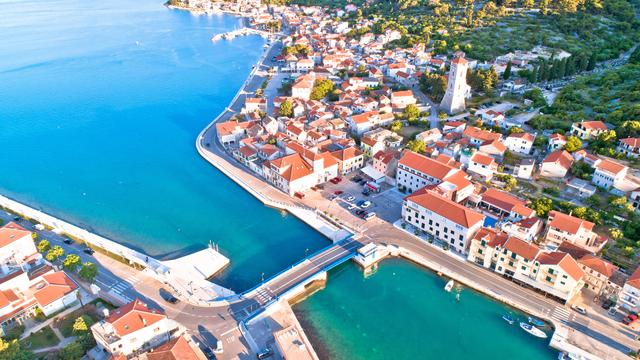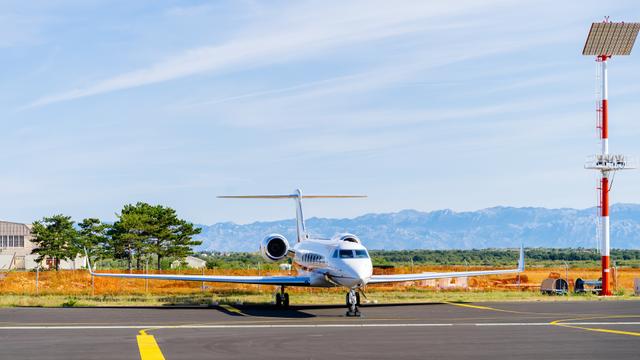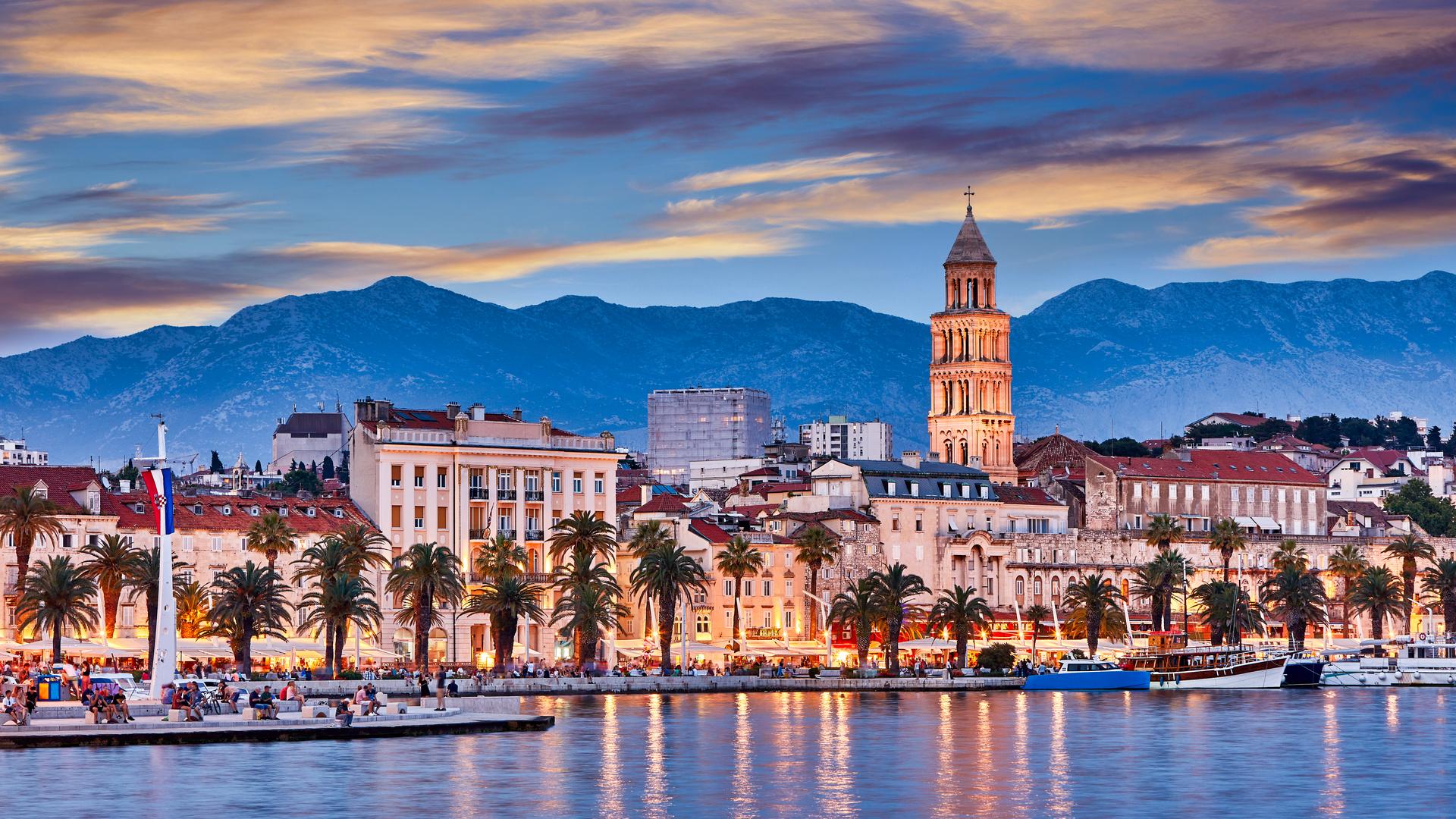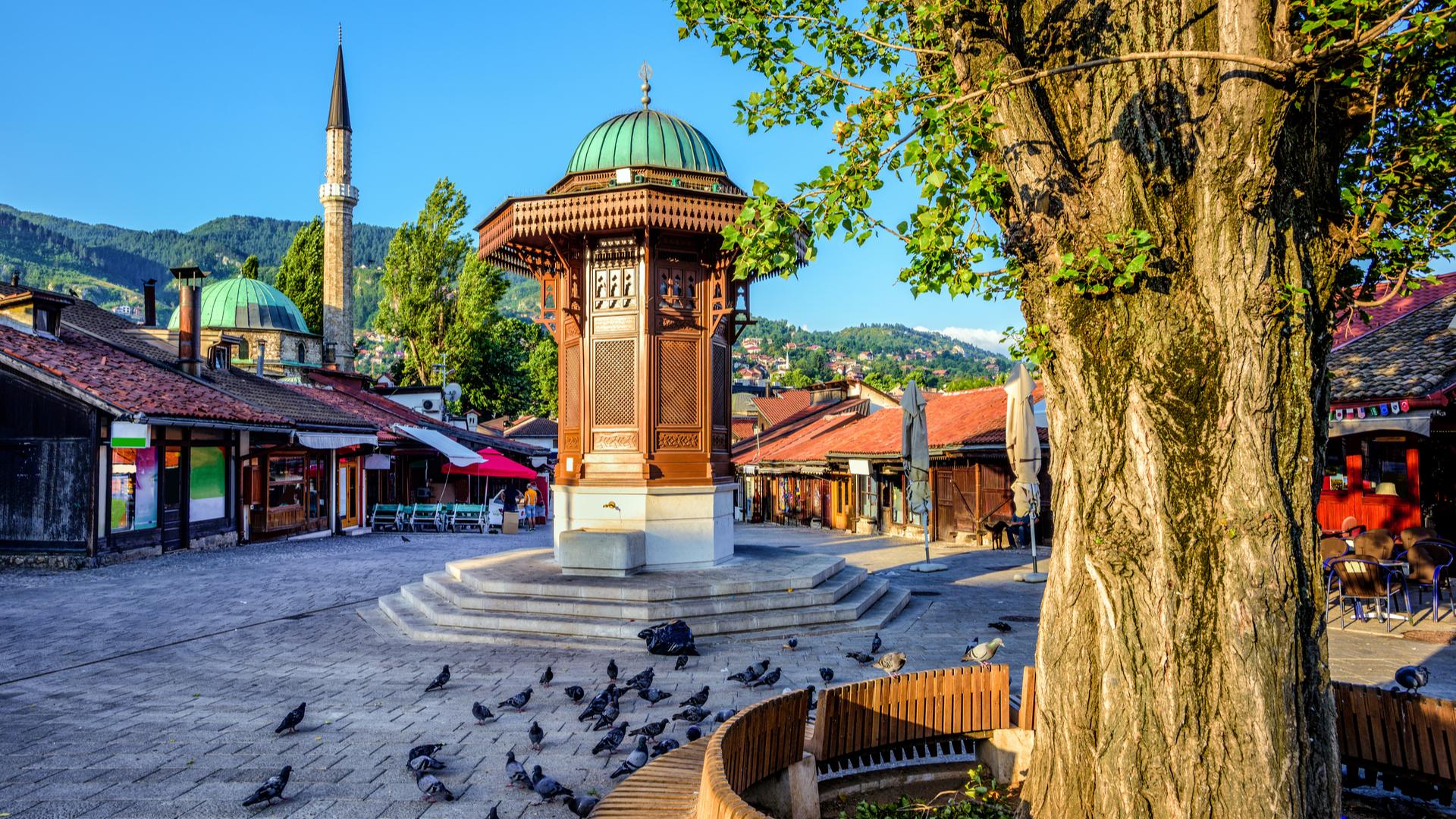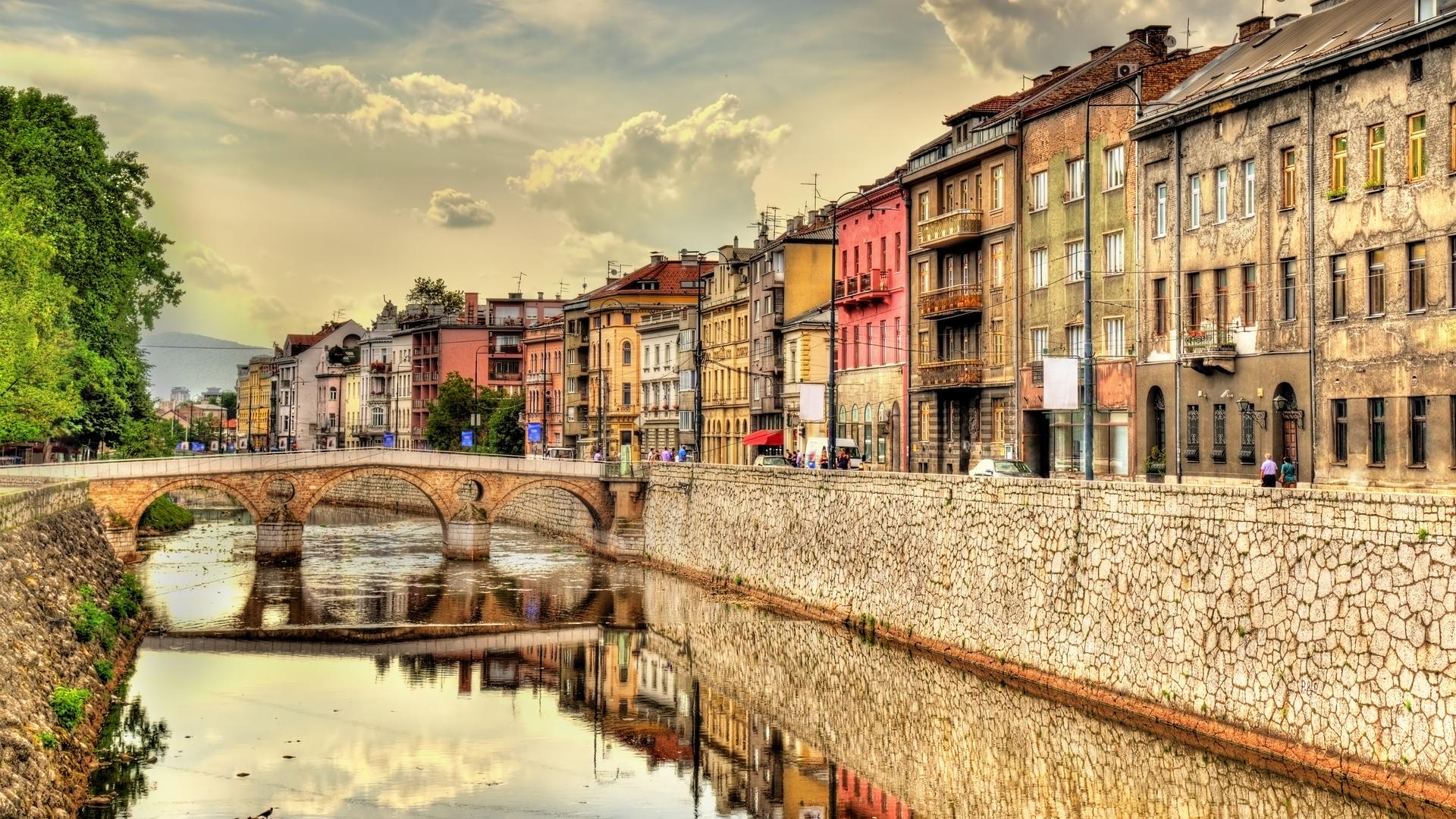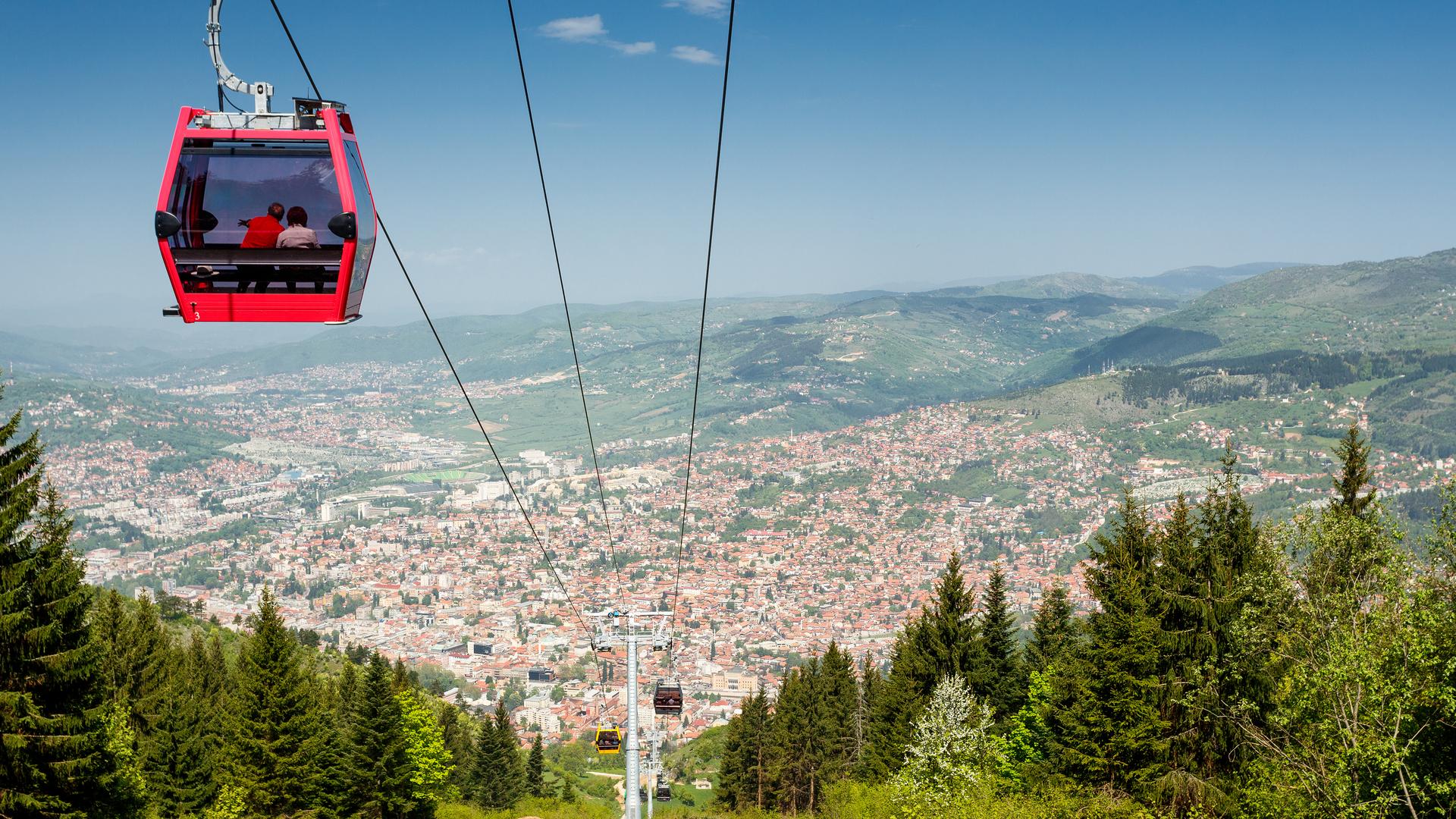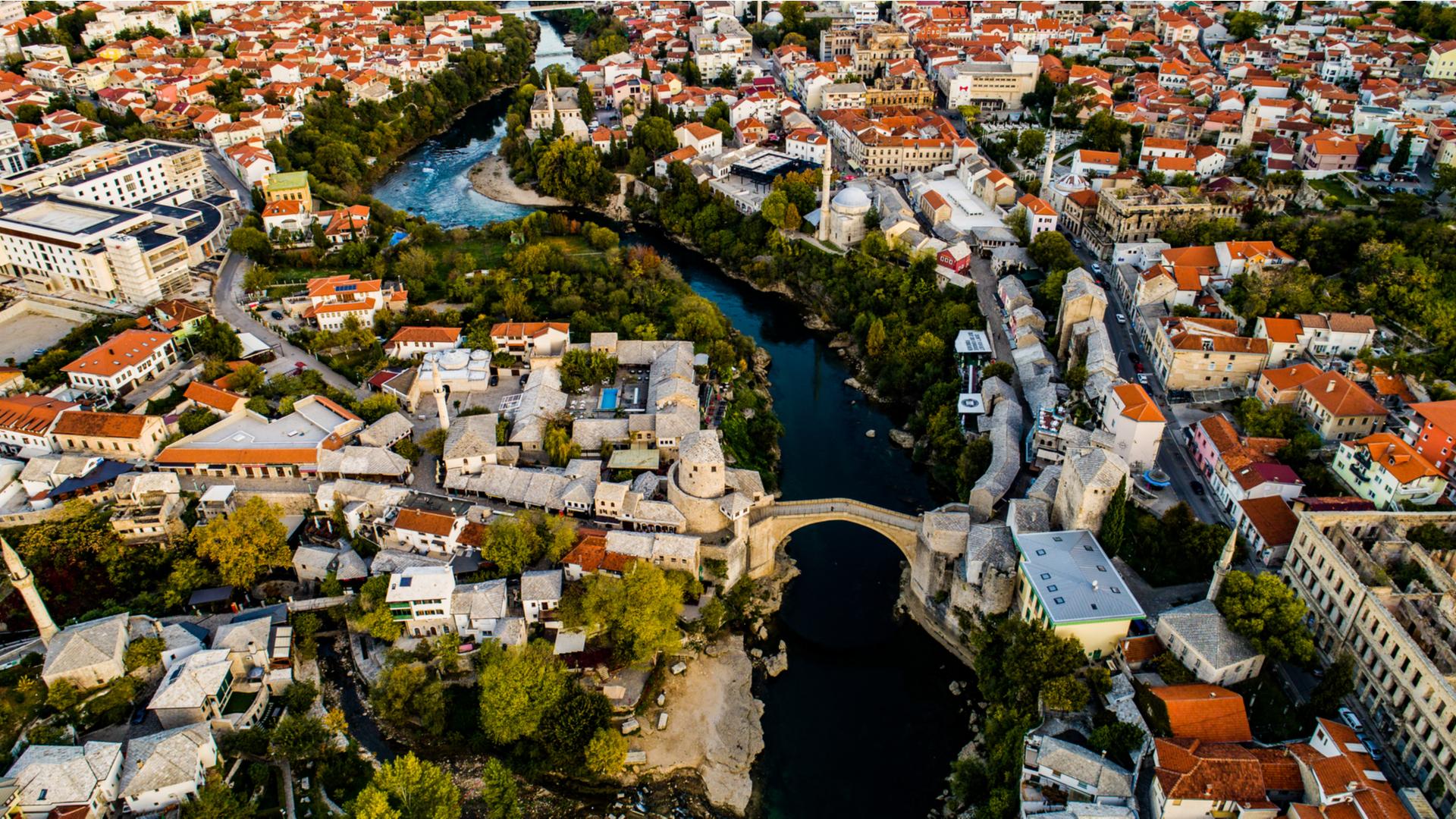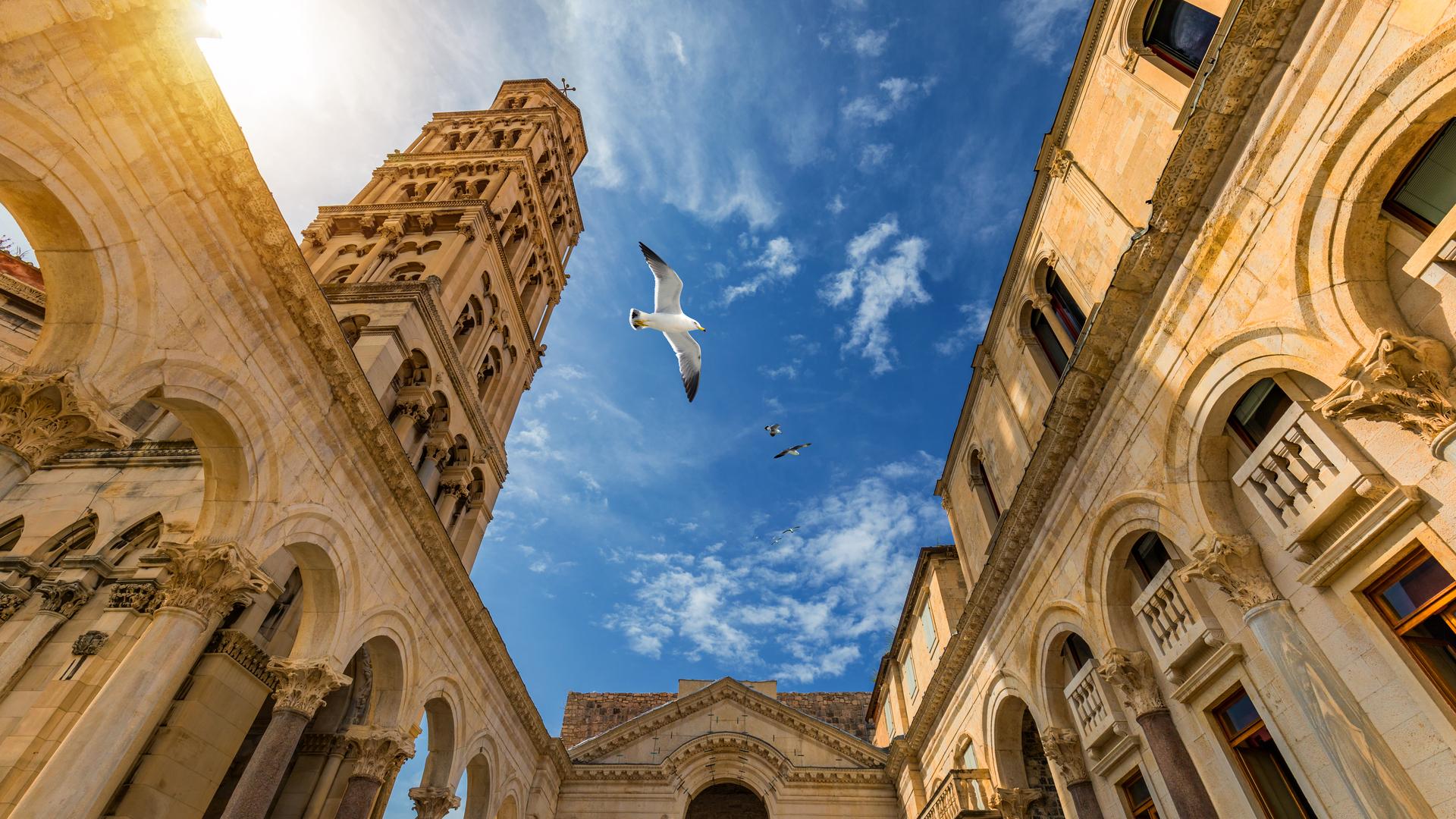Split - Mostar - Sarajevo
Similar popular transfers:
Private transfer from Split to Sarajevo via Mostar
The best way to go and visit Sarajevo is to book a private minivan transfer from Split to Sarajevo.
MaciTours is a Croatian transfer service which offers the best prices for a private transfer. MaciTours has at its disposal a fleet of luxurious and premium vehicles that will make your transfer as comfortable as possible.
Sarajevo is located some 200 km from Split and the duration of your transfer is about 4 h.
While travelling from Split to Sarajevo, you may want to visit the old city of Mostar on the Neretva River and explore a town where East meets West and Europe mixes with the Orient. If you want to visit Mostar you can book a private Split to Sarajevo via Mostar transfer.
The prices for a Split to Sarajevo via Mostar private transfer start at 350euros (the price is per vehicle, not per person).
How to get from Split to Sarajevo via Mostar?
It is very hard to get from Split to Sarajevo via Mostar without taking private transfer. First, what You will need to do is to take a bus from Split to Mostar. After that, You need to catch the bus to Sarajevo . When You pay both tickets, It will be almost same price as private transfer from Split to Sarajevo via Mostar. If You want to have reliable and comfortable transfer, only You need to do is to book private transfer from Split to Sarajevo via Mostar with MaciTours.
A few facts about Mostar
Mostar is situated on the Neretva River and is the fifth-largest city in Bosnia and Herzegovina.
Mostar was named after the bridge keepers (mostari) who in the medieval times guarded the Stari Most (Old Bridge) over the Neretva.
The Old Bridge, which was built by the Ottomans in the 16th century, is one of Bosnia and Herzegovina's most visited landmarks, and is considered an exemplary piece of Islamic architecture in the Balkans.
The stone bridge, the Old Bridge (Stari most), was erected in 1566 on the orders of Sultan Suleiman the Magnificentand at 28 metres (92 feet) long and 20 metres (66 feet) high, quickly became a wonder in its own time.
The famous Turkish traveller EvliyaÇelebivisited the city and wrote in the 17th century how:the bridge is like a rainbow arch soaring up to the skies, extending from one cliff to the other.
The bridge was destroyed during the war of 1990s and the battles that took place around the city and the Old Bridge had to undergo extensive reconstruction after the war.
What to visit while in Mostar
Mostar has architecturally noteworthy buildings in a wide range of styles that are a mixture of indigenous and foreign styles.
Such styles are visible in Mostar's Italianate Franciscan church, the Ottoman MuslibegovićaHouse, the Dalmatian Ćorović House and the Old Gymnasium, which features Andalusian and Mamluk elements and is the result of the Austro-Hungarian desire to promote Bosnian national identity.
Several Ottoman inns also survived, along with other buildings from this period of Mostar's history, such as fountains and schools.
There are number of surviving late Ottoman houses in the old city centre that demonstrate the component features of this form of domestic architecture: upper storey for residential use, hall, paved courtyard, and verandah on one or two storeys.
The CejvanCehaj Mosque, dating back to 1552, is the oldest mosque in Mostar and later it became a madrasa or Islamic school.
The Old Bazaar called the Kujundziluk is named after the goldsmiths who traditionally created and sold their wares on this street, and still sells authentic paintings and copper or bronze carvings of the Stari Most, pomegranates, which are the natural symbol of Herzegovina, or the stećaks, medieval tombstones that are found in Bosnia and in Croatia.
The Koski Mehmed Paša Mosque, built in 1617, is open to visitors, who may enter the mosque and take photos free of charge. The minaret is also open to the public and is accessible from inside the mosque.
Just around the corner from the mosque is the Tepa Market, a busy marketplace since Ottoman times, where mostly fresh produce grown in Herzegovina is sold and, when in season, the figs and pomegranates are also very popular. Local honey is also a prominent specialty, being produced all over Herzegovina.
The Catholic church and Franciscan monastery of St. Peter and Paul is also an iconic city landmark and the monastery bell tower rises high above the city.
A few facts about Sarajevo
Sarajevo is the capital and largest city of Bosnia and Herzegovina, located on the banks of the Miljacka River, within the greater Sarajevo valley and surrounded by the Dinaric Alps on all sides.
The nameSarajevo derives from the Turkish nounsaray, meaning "palace" or "mansion", thereby making the name of Sarajevo, 'city of the palace."
Just as in virtually every other Bosnian town or city, here too East meets West and their traditions, beliefs, histories and architectures mix and combine in a rather unique way.
Sarajevo is the political, financial, social and cultural centre of Bosnia and Herzegovina and a prominent centre of culture in the Balkans, with region-wide influence in entertainment, media, fashion and the arts.
Sarajevo is sometimes called the "Jerusalem of Europe" or "Jerusalem of the Balkans", due to its long history of religious and cultural diversity.
It is one of only a few major European cities to have a mosque, Catholic church, Orthodox church and synagogue within the same neighbourhood.
Even though settlement in the area stretches back to prehistoric times, the modern city arose as an Ottoman stronghold in the 15th century.
In 1885, Sarajevo was the first city in Europe and the second city in the world to have a full-time electric tram network running through the city, following San Francisco.
In 1914, it was the site of the assassination of Archduke Franz Ferdinandby local Young Bosnia activist GavriloPrincip that triggered World War I.
In the aftermath of World War II, the establishment of Socialist Yugoslavia led to a massive expansion of Sarajevo, then the constituent republic's capital, which culminated with the hosting of the 1984 Winter Olympics.
However, after the start of the Yugoslav Wars, for 1,425 days from April 1992 to February 1996, the city suffered the longest siege of a capital city in the history of modern warfare, during the Bosnian War and the breakup of Yugoslavia.
Sarajevo has been undergoing post-war reconstruction, and is the fastest growing city in Bosnia and Herzegovina.
##What to see while in Sarajevo ##
Sarajevo is also famous for its city lookouts; including an observation deck on Avaz Twist Tower, Park Prinčeva restaurant, Vidikovac lookout on MountTrebević, Zmajevac lookout and the Yellow/White fortresses lookouts in Vratnik, as well as numerous other rooftops throughout the city.
A symbol of Sarajevo is the Trebević cable car which was reconstructed in 2018 and is one of the most popular tourist attractions in the city taking visitors from the city centre to Mount Trebević.
Other popular destinations in Sarajevo include the VreloBosne Park, the Sarajevo cathedral, and the GaziHusrev-beg Mosque, the Emperor's Mosque and the Baščaršija, all of which are located in the Old City.
Stari Grad is characterized by its many religious structures, and examples of unique Bosnian architecture and it contains numerous hotelsand tourist attractions.
Sarajevo's old bazaar and the historical and cultural centre of the city. Baščaršija was built in the 15th century when Isa-Beg Isaković founded the city.
On the Baščaršija there are several important historic buildings, such as the GaziHusrev-beg Mosqueand sahat-kula, the famous Sarajevo clock-tower.
Sarači Street is one of main pedestrian streets in Sarajevo, located
in Baščaršija and in that street you can find numerous shops with traditional handicraft products, amid the Old City oriental scenery. The street is ideal when looking for souvenirs.
The Emperor's Mosquethe first mosque to be built in 1457, immediately after the Ottoman conquest of Bosnia. It is the largest single-subdome mosque in Bosnia and Herzegovina, built in the classical Ottoman style of the era and is## dedicated it to the Sultan, Mehmed the Conqueror, the conqueror of Constantinople.
The Sacred Heart Cathedralis a Catholic church in Sarajevo and is commonly referred as the Sarajevo Cathedral. The church is largest cathedral in Bosnia and Herzegovina##.
The National and University Library of Bosnia and Herzegovina is a national monument, dating to the 19^th^ century and is built p##redominantly in the pseudo-Moorishexpression, for which the stylistic sources were found in the Islamic artof Spain and North Africa.
Serbian shelling during the Siege of Sarajevocaused the complete destruction of the library and hence about 700 manuscripts and incunabulaand a unique collection of Bosnian serial publications have been lost. Its space has been be used for various protocol events for all levels of government, as well as for concerts and art exhibitions.
Itinerary
08:00 - Pickup and departure from your accomodation in Split,
10:30 - Explore Mostar where East meets West and Europe mixes with the Orient ,
13:30 - Our journey to Sarajevo from Mostar begins,
14:30 -- Stop for a lunch
17:00 - We arrive at your accomodation adress in Sarajevo.
Transfer includes
• Pick up in Split and drop off in Sarajevo via Mostar (or vice versa)
• Comfortable air-conditioned vehicle
• Professional knowledgeable English speaking driver
• All cost related to the vehicle -- gas, parking, highway tolls
• All costs related to the driver
• Available Wi-Fi in the vehicle
• 0.5l bottle of water per passenger

